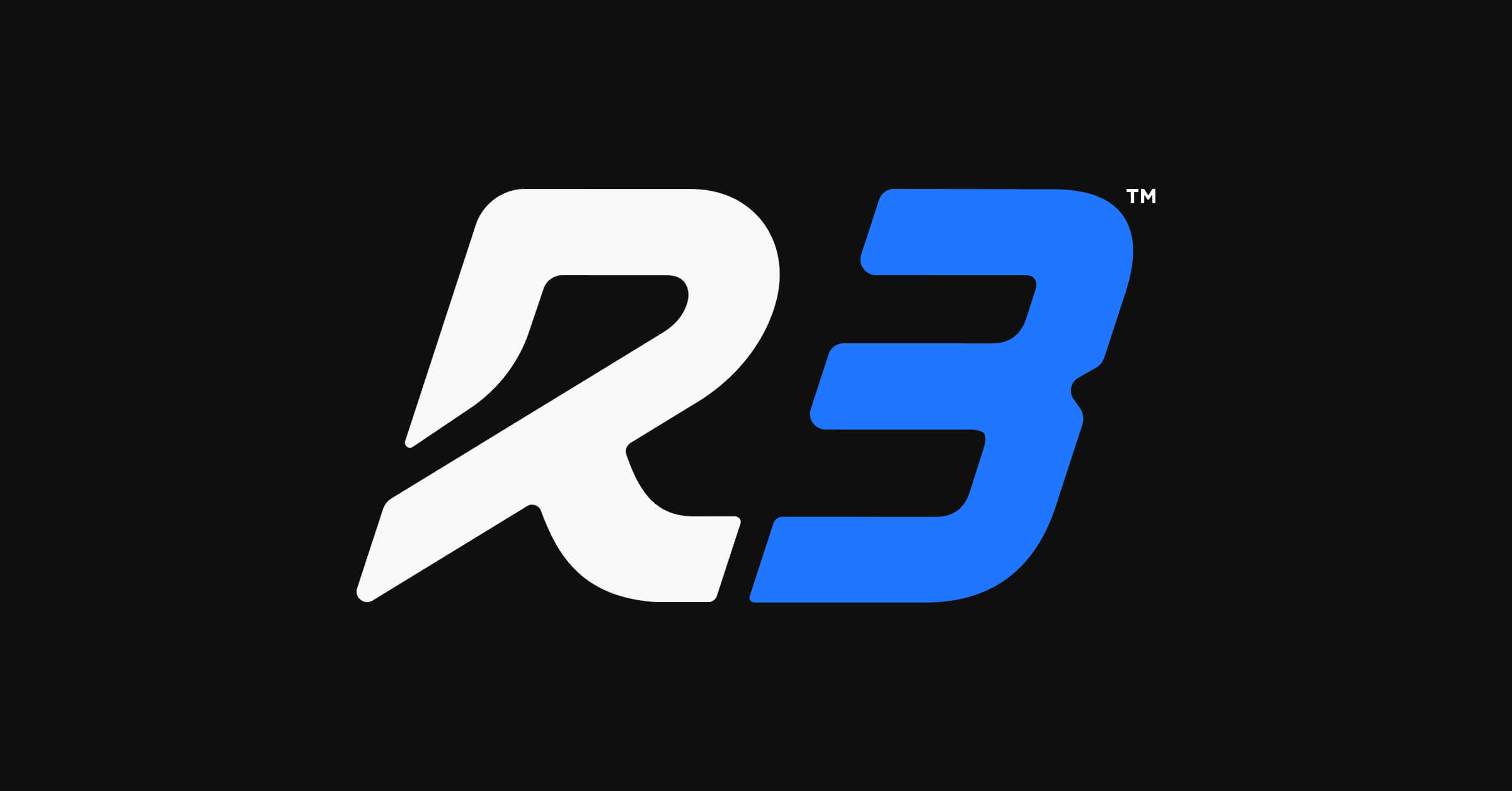Zero Trust and Compliance: Meeting Regulatory Mandates with Confidence
Keeping track of all the different cybersecurity frameworks, certifications, and requirements that apply to your business can be a headache, especially when it feels like cyberthreats are evolving faster than you can keep up.
A zero trust strategy helps protect your organization from cyberattacks, but can it help meet your compliance mandates too? The answer is yes – and it might actually be vital to your business.
Read on to learn how zero trust can help you demonstrate compliance, and which certifications might be best for your organization.
What is Zero Trust?
Zero trust is a cybersecurity model that focuses on continuously verifying users, ensuring your systems are protected from breaches.
Zero trust isn’t just one tool or product – it’s a strategy where trust is never given implicitly, users must be verified at each step along the way, and users are only given access to what they absolutely need, when they absolutely need it.
In an era of remote work and evolving cyberattacks, that makes zero trust particularly effective at granting access to anyone, anywhere, and on any device – without sacrificing security.
The motto “Never trust, always verify” prevents attackers from slipping through any cracks in your security measures and quarantines damage should a breach occur.
While zero trust can take many different forms, the concept behind it is simple: preparing for the worst before it happens will help keep your business safe from cyberattacks.
Why Cybersecurity Compliance Can Make or Break Your Business
As J.P. Morgan’s Pat Opet points out, it’s dangerous to work with service providers that treat security like an afterthought – especially in an age of AI-assisted cyberattacks, advanced phishing measures, and breaches that cost millions of dollars to remedy. This holds especially true if you’re working with a federal agency on critical projects.
Compliance is key to demonstrate that your data is safe and secure from cyberattackers. Meeting compliance standards is one of the best ways to show your security measures are robust, up-to-date, and keeping everyone safe, from your clients to your employees.
In some cases, such as working with certain government agencies, compliance standards are mandatory to maintain a contract – so being able to demonstrate a strong security posture can make or break your business.
How Zero Trust Can Help Meet Compliance Standards
The recent emergence of zero trust as the new standard in cybersecurity means that forward-thinking organizations can incorporate it to confidently meet today’s compliance frameworks.
Since zero trust is more a philosophy than a specific protocol, it’s a fantastic entry point for companies looking to create a strong cybersecurity foundation that also meets their industry’s standards. Companies who have already implemented zero trust are likely to already fulfill many of these targets.
Adopting a zero trust mindset will help you meet your compliance targets. The result is a resilient infrastructure for your information security that will stand out and protect your business.
The Compliance Schemes You Need to Know
It’s vital that you can show evidence to clients and customers that you take their data seriously – or they might not take you seriously. These compliance standards can help you do it:
NIST 800-171
Who is it for? NIST 800-171 is a set of frameworks for non-federal organizations who are working with the U.S. government or defense contractors. It’s mandatory for contractors working with federal agencies to protect CUI (that’s Controlled Unclassified Information – basically, government data). The “NIST” stands for the National Institute of Standards and Technology, the governmental agency which creates the standard.
What does it look like? Because NIST 800-171 is a set of frameworks as opposed to a certification program, its implementation is flexible, so long as the goal is reached. It covers over 100 controls to make sure any organization which deals with CUI is covering its bases.
What about zero trust? NIST 800-171 emphasizes strict controls over CUI using multi-factor authentication, identity authorization, and enhanced user monitoring – all strategies that a zero trust protocol also emphasizes.
There’s a good chance that if you built your organization’s network architecture around zero trust principles, you’re already most of the way to satisfying the NIST 800-171 controls.
CMMC (Cybersecurity Maturity Model Certification)
Who is it for? CMMC is a requirement for contractors working with the U.S. Department of Defense. If you’re thinking it sounds similar to NIST 800-171, you’d be right! The difference is that CMMC is a certification program whose assessments are based partially on the frameworks from NIST 800-171.
What does it look like? There are three levels of CMMC certification, the second and third of which require third-party assessment to make sure your business is meeting the CMMC requirements.
The levels are:
- Foundational: This level is a self-assessment which focuses on safeguarding Federal Contract Information
- Advanced: A third-party assessment which focuses on safeguarding CUI
- Expert: A government-led assessment focusing on safeguarding CUI
What about zero trust? Because CMMC is based on NIST 800-171, which prioritizes strict access control and identity authorization, a company which employs a zero trust protocol likely already meets many of the requirements for CMMC.
ISO 27001
Who is it for? ISO 27001 is an internationally-recognized standard which uses risk assessments to help build a safe ISMS (Information Security Management System). International companies, or companies with significant business overseas, typically prefer this certificate.
What does it look like? ISO 27001 has a pretty large scope, and getting certified under it denotes adherence to the international standard. To get this certification, you’ll need to select an accredited external body to audit you in two stages: documentation and on-site implementation.
What about zero trust? Both ISO 27001 and zero trust emphasize heavily controlling user access. Using zero trust primes your architecture to already meet most of ISO 27001’s 93 controls.
SOC 2
Who is it for? SOC 2 is typically for American service-based companies, so if you’re in SaaS, healthcare, legal, or otherwise handle lots of customer data, this one’s for you.
What does it look like? Unlike the ISO 27001, SOC 2 is a report instead of a certification. It’s not something you can fail, but it will give you a larger picture of your strengths and weaknesses when it comes to cybersecurity.
The SOC 2 report, carried out by a CPA, focuses on five “Trust Service Areas”: Security, Availability, Processing Integrity, Confidentiality, and Privacy.
What about zero trust? SOC 2, like the other frameworks mentioned, specifies access controls and identity authorization, which a zero trust system also emphasizes. SOC 2 is also very focused on protecting customer data from breaches and hackers, which makes zero trust’s emphasis on encryption and data protection a perfect fit.
Stay Compliant Over Time
While frameworks and certifications can change, updates tend to emphasize more security, not less. Zero trust architecture is already positioned to meet the strictest access goals, so when these standards are updated, zero trust systems are ahead of the curve, preventing your company from losing valuable contracts and precious time.
The bottom line is that compliance standards are ways to demonstrate that you’re operating securely – and while individual requirements may vary, zero trust always creates a strong case.
Stop Trusting, Start Verifying
Before you jump in and start building zero trust into your business to meet compliance standards, it’s essential that you have a good understanding of all the problems in your security posture first. That way, you’ll adopt the right solutions.
We encourage you to get in touch with our team at R3 IT for a free security audit. We’ll find any and all the problems you need to address, and we’ll advise you on the best next steps, zero trust or otherwise.




